Travel season is here, when so many Americans decamp to Cape Cod or the Jersey Shore. All of which is wonderful, and some day I plan to do a 10-part series on the world's best beaches.
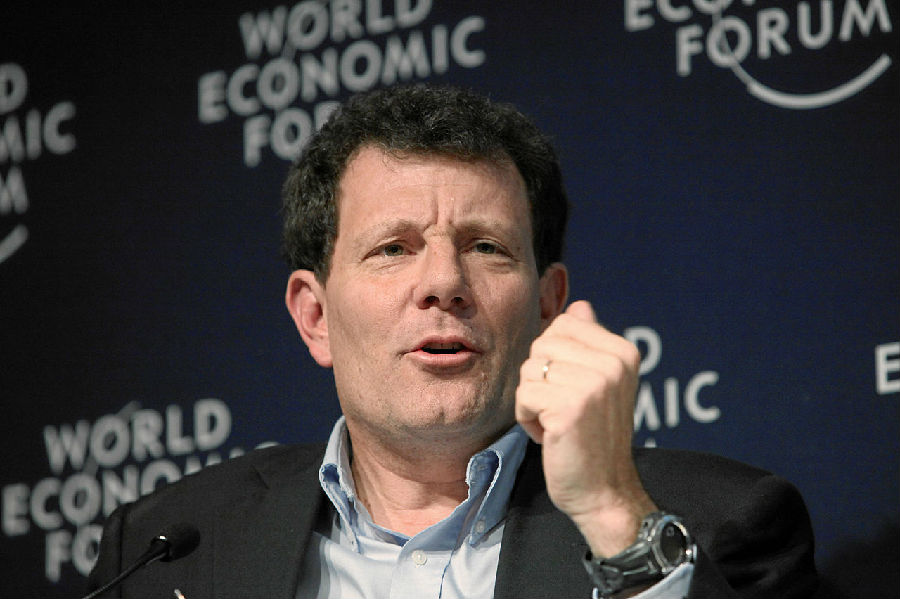
· Bikini Atoll, Marshall Islands. This coral island in the Pacific Ocean was the site of American nuclear weapons tests in the 1940s and 1950s, but after decades left to itself it is now dazzlingly beautiful in a way that belies its history. Radiation has dissipated, and the deserted white-sand beaches are lined with coconut palms and scattered with seashells and an occasional giant sea turtle — which will hurriedly call to its friends: Look, there's a rare sight, a human! The island is a reminder of the redemptive power of time and nature.
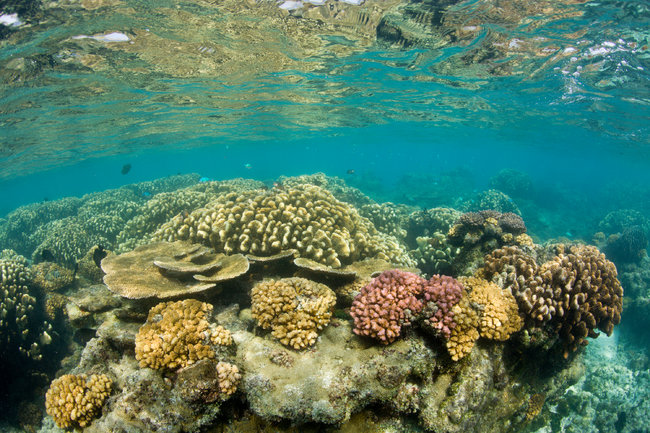
·Potosí, Bolivia. Perhaps no country in Latin America is more picturesque than Bolivia, and the most memorable Bolivian city may be Potosí. European explorers discovered a huge silver mountain here in the 1540s, and, in the 1600s, this was one of the major cities in the world. Tourists can descend the silver mines, and it is a searing and unforgettable experience. You go down hundreds of feet in tiny, sweltering tunnels thick with dust, talk to some of the miners, and get a glimpse of what life is like for the many Bolivians who work each day in the mines. After a couple of hours deep underground, sometimes struggling to breathe and fretting about cave-ins, you may have new empathy for the laborers responsible for silver bowls and cutlery.

·Victoria Falls, Zimbabwe. Maybe our best family trip started at Victoria Falls, which drenches you with spray and is so vast that it makes Niagara Falls seem like a backyard creek. Then we rented a car and made our way to Hwange National Park, which was empty of people but crowded with zebras, giraffes, elephants and more. Zimbabwe has far fewer tourists than South Africa or Kenya, and there's less crime as well.
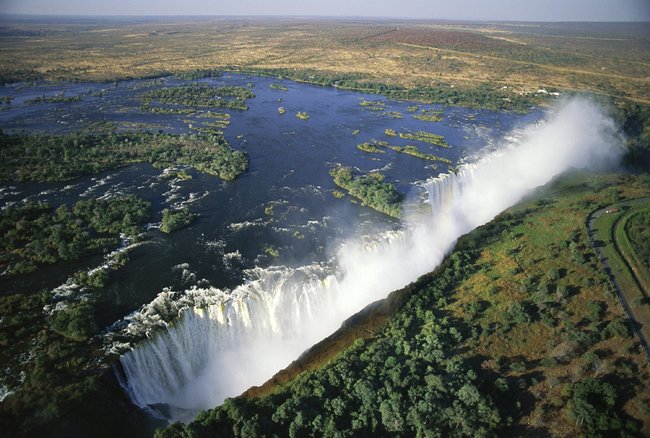
·Amritsar, India. The Golden Temple, Sikhism's holiest shrine, is in northwestern India near the Pakistani border, and it is a delightful place to contemplate the draw of faith. A four-century-old temple set in a lake, it attracts Sikhs from around the world. It is much less visited by tourists than the Taj Mahal, yet it is just as serene, grand and unforgettable. You walk the circuit of the lake barefoot, with your head covered, and, for the full experience, you can sleep and eat in temple buildings.
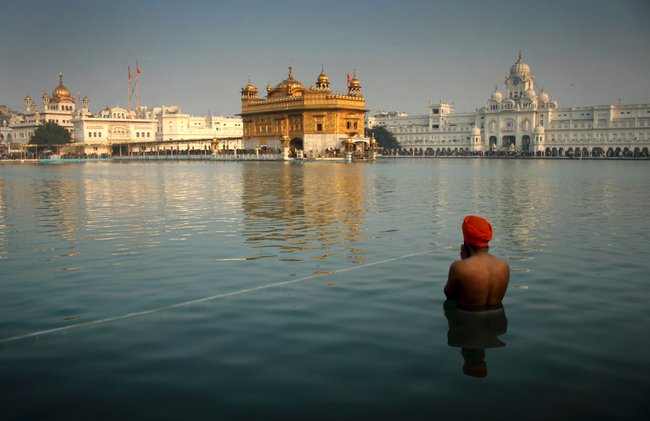
·Tanna, Vanuatu. This remote island in the South Pacific is notable for its live volcano that you can climb at night. From the lip, you look down and see the fires and molten lava. It's a natural fireworks display. The people of Tanna are also likely to invite you to drink kava, the local intoxicant, or perhaps join a village dance. The local faith tradition is a cargo cult. People believe in a god they call John Frum, perhaps based on an American military officer around the time of World War II who gave islanders their first glimpse of industrial products. One theory is that he introduced himself as "John from America," but only the first two words survived and became his name.
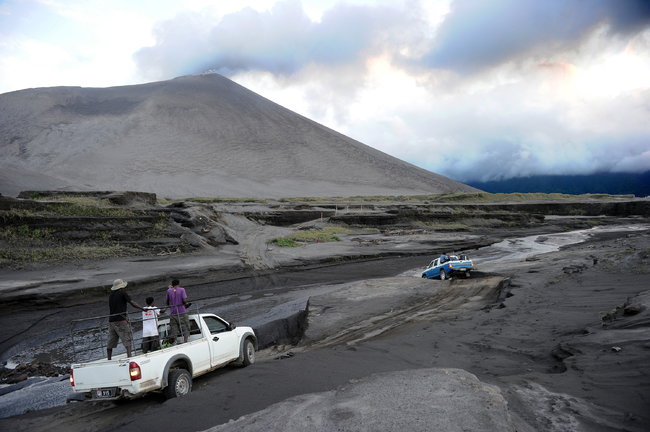
·Cu Chi Tunnels, Vietnam. Follow a guide in wriggling on your stomach underground through these tunnels dug by Vietcong soldiers who used them and even lived in them during the Vietnam War. The tunnels are now widened to accommodate portly Americans, and they are still a tight fit. After a couple hundred feet of crawling in the tunnels, you're desperate to come up again, and you understand that military victory is sometimes not about weaponry but about commitment.

There's nothing wrong, of course, with a delicious week at the beach with a pile of books. But if you're hankering to escape the crowds this summer, encounter new worlds and come back with a tale, think about some of these destinations. The tourism infrastructure may not be great, but the people (or elephants) will make up for it.











